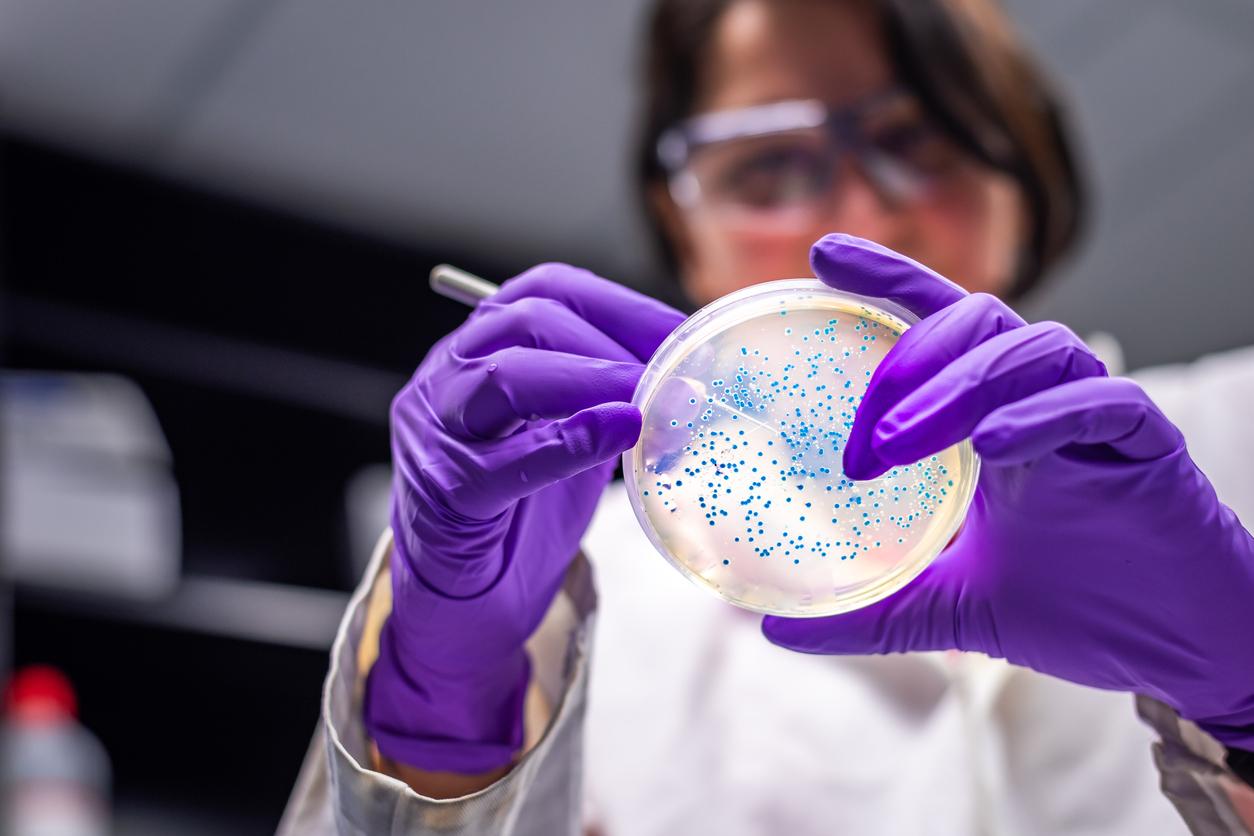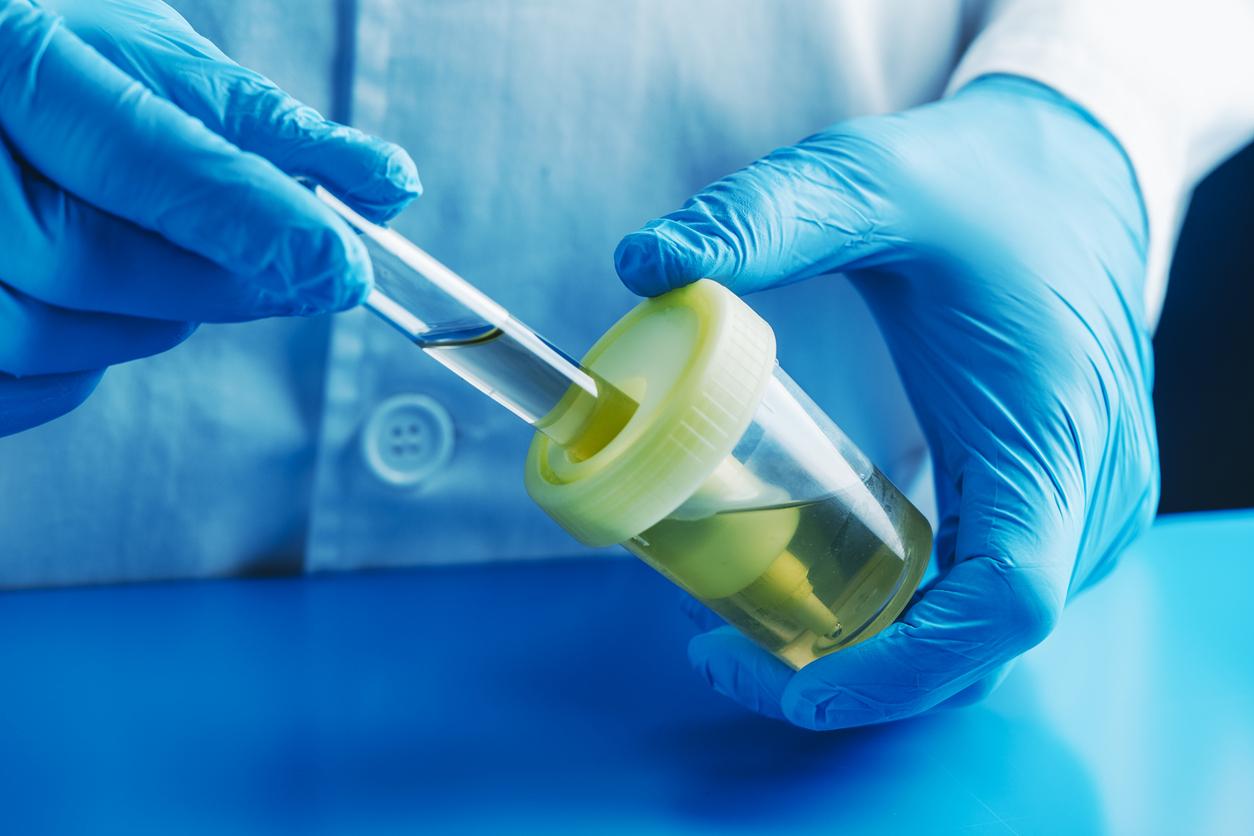Researchers have developed an easy-to-use test to detect salmonella, the bacteria that causes salmonellosis, in food in less than 60 minutes.

- Researchers have developed a test to find out if food is infected with salmonella.
- This bacterium causes salmonellosis, which is the second leading cause of gastrointestinal infection in humans and a major cause of foodborne infection.
- The test provides a result in a maximum of one hour.
“The best protection against the risk of salmonellosis is thorough cooking of food, especially meat, at least 65°C for 5 to 6 minutes.“, according the Pasteur Institute. Salmonella is a bacterium that causes salmonellosis, an infection that manifests as acute gastroenteritis.
A simple test to use to detect salmonella
But it may soon be possible to test our food at home to see if it carries salmonella, thanks to the work of researchers whose study has just been published in the journal Angewandte Chemie. They have developed a tool to detect salmonella in food.
“It is easier to use these tests than to use a test for Covid-19explains Carlos Filipe, one of the authors of the study, in a communicated. For it to be as effective and useful as possible, it needs to be easy to use.“
According to the first results, this test can give results in one hour maximum. “Anyone can use [ce test] directly on prepared, processed or sold foods”says Yingfu Li, another author of this study.
If the test shows a red spot, salmonella is present in the food
The test begins in a stick where a liquefied food sample is associated with a molecule. Then, you have to put this mixture on a paper strip. If the bacteria is present, the liquid turns red. The more salmonella there is, the brighter the red spot becomes. “Being able to create a test that is both easy to use and produces easily visible color within an hour is important”, explains Tohid Didar, another researcher behind this study.
A tool that could be important in the fight against salmonellosis. According to the Institut Pasteur, this disease remains the second cause of gastrointestinal infection in humans and a major cause of foodborne infection in Europe with 91,857 confirmed cases in 2018.
















